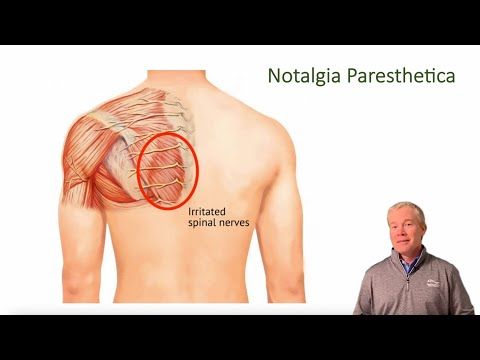3 Easy Ways to Treat Notalgia Paresthetica

Introduction
Notalgia Paresthetica (NP) is a sensory nerve disorder that commonly affects the nerves located in the upper back. This condition can cause itchiness, tingling, or numbness in the affected area and is often quite frustrating for those who experience it. The precise cause of NP is still unclear, but it may be linked to spinal nerve compression or degeneration. Although not life-threatening, NP can be annoying and may significantly impact an individual’s quality of life. In this article, we will explore three easy ways to treat Notalgia Paresthetica and alleviate its symptoms.
1.Topical Treatments
Applying topical treatments directly to the affected area can provide immediate relief from symptoms like itching and tingling. These treatments usually come in the form of creams, gels, or lotions and offer a minimally invasive approach to managing NP. Some over-the-counter options include capsaicin cream, which provides a warming sensation to numb the nerves, and lidocaine cream that numbs the skin temporarily. Always consult with your healthcare provider before using any new topical treatments to ensure they are safe and suitable for your skin type.
2.Physical Therapy
Physical therapy is another effective way to treat NP by addressing any underlying musculoskeletal issues contributing to nerve compression or irritation. A trained physical therapist can help create a personalized exercise plan that focuses on relieving tension in the upper back and neck muscles while promoting good posture habits. Strengthening these muscles will aid in reducing pressure on the nerves that trigger NP symptoms. In some cases, therapeutic massage combined with stretching exercises may also prove beneficial in relieving discomfort.
3.Medication Management
For more persistent cases of Notalgia Paresthetica, medications may be necessary to manage symptoms effectively. Nonsteroidal anti-inflammatory drugs (NSAIDs) like ibuprofen can help to reduce inflammation and provide pain relief. Antidepressants, such as amitriptyline, have also been used to alleviate chronic pain conditions by affecting the way our body processes pain signals. Additionally, anticonvulsant medications (e.g., gabapentin or pregabalin) may be helpful in managing nerve-related pain. It is crucial to consult with your healthcare provider to discuss these medication options and find the best-suited treatment plan for your specific needs.
Conclusion
Notalgia Paresthetica can be a frustrating and at times debilitating condition for those affected by it. By exploring these three easy treatment options—topical treatments, physical therapy, and medication management—individuals can find relief and significantly improve their quality of life. Remember that it is essential to consult with your healthcare provider before starting any new treatments, as they will be able to guide you through the process and monitor your progress.






